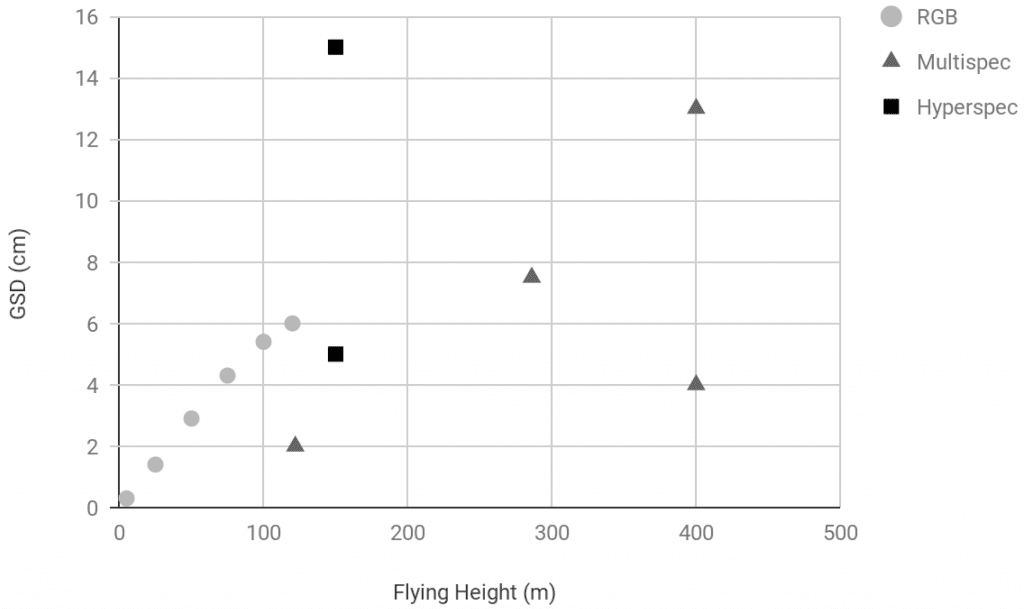
News
Drones Supporting Algal Bloom Research
Nowadays, algal blooms are not something that everyone hears – but also one of the major public health and ecosystem vitality concerns around the world. The truth is, the prevalence of these blooms has mostly increased due to the global warming, which led to warming water and other nutrient inputs into aquatic systems.
Using Satellite Data as a Standard and UAVs as an Innovative Technology for Bloom Detection, Analysis and Forecasting
As a result of this, there have been tons of methods of detection, analysis and forecasting the algal blooms. One of them was satellite imaging – proven to be successful in the identification of various inland and coastal blooms at large spatial and temporal scales.
However, a more complex and beneficial technology for algal bloom detection was the use of unmanned aerial vehicles (UAVs) – mostly because of their benefits in regards to the provision of on-demand high spatial and temporal resolution at lower costs. Still, due to the challenges of processing images of water, as well as the costs and limitations of the technology, the studies on the use of UAVs for bloom research have not gained massive traction.
Reliving the UAV Technology in this Field
A new paper, however, decided to “relive” this form of research and fully understand the technical parameters required to identify the algal blooms with airborne platforms – as well as compare them to current UAV technology. In that manner, the authors are aiming at assisting managers, researchers as well as public health officials in the use of UAVs to monitor and predict blooms at greater spatial and temporal precision. The goal, obviously, is to reduce the exposure to toxic events.
There are three authors who proudly stand behind this paper, submitted at the University of California, Berkeley. The methods they present are all aligned towards the research, analysis and detection of algal blooms under various terms. After studying and reading more than 193 relevant papers in the field, the authors selected the ones that identified and quantified the cases where UAVs were used.
The Results of UAV-Based Algal Research
From the results of their research, the authors specifically focused on 10 papers mainly geared towards freshwater ecosystems and found the following benefits of UAVs in algal bloom research:
“Not only do UAVs reduce the need to conduct airborne studies in manned aircraft, they also provide several other benefits for remote sensing of complex and often difficult-to-reach algal bloom-affected areas. Of the 13 papers reviewed, 10 mentioned that UAVs are affordable in that they can be more efficient than airborne or satellite imagery acquisition in both time and money and can reduce in situ water quality sampling costs”
They also found that UAV-based spectral identification helps in increasing the accuracy of detection of high biomass surface blooms due to the increased temporal and spatial resolution, as well as the ability to see what the naked eye cannot.
When it comes to its schedule, the authors found that UAV based algal research can be more flexible than the satellite or airborne missions – mostly because of its ability to elect its own flight paths, spatial, spectral as well as temporal resolutions and revisit times.

Flying height (m) vs. ground sampling distance (GSD, cm) reported in the studies reviewed, showing camera/sensor type.
“Finally, UAVs are beneficial tools for algal bloom research because image acquisition is not prohibited by cloud cover, which can be a major limitation to satellite imagery analysis of algal proliferations. However, in their current states, satellite and especially airborne sensors used to quantify chlorophyll content or algal biomass generally provide more narrow-band capabilities than do UAVs, with the exception of UAV-based thermal or hyperspectral studies,” the authors noted.
A Final Word
After exploring the different methods, technologies, UAV platforms, sensors and cameras, the authors found that UAVs can have a drastically (positive) impact in algal bloom detection and analysis.
As the technology behind UAVs continues to advance, the authors hope that their findings will be useful in new airborne methodologies – and integrated into predictive algal bloom models based on UAVs and their benefits.
Citation: UAVs in Support of Algal Bloom Research: A Review of Current Applications and Future Opportunities, Chippie Kislik, Iryna Dronova and Maggi Kelly, Drones 2018, 2(4), 35; https://doi.org/10.3390/drones2040035


















